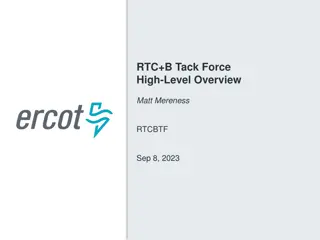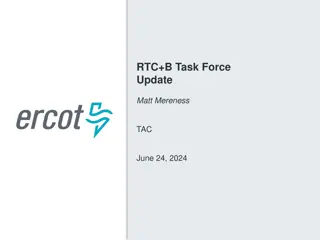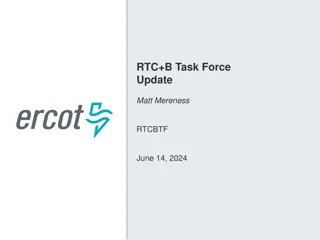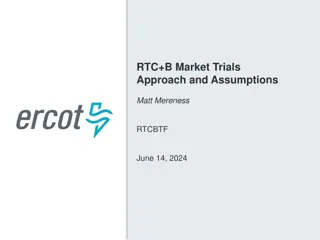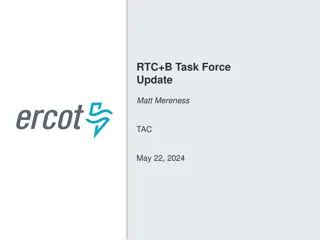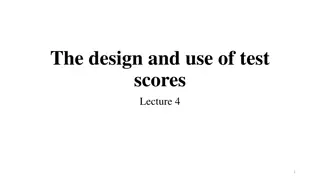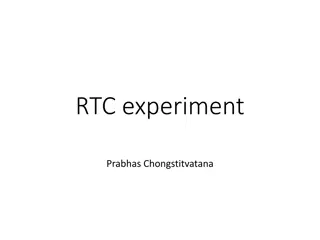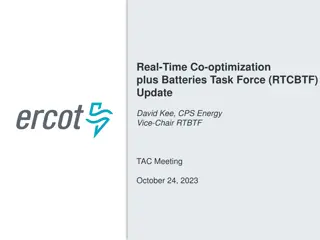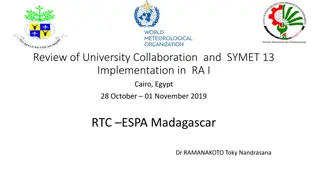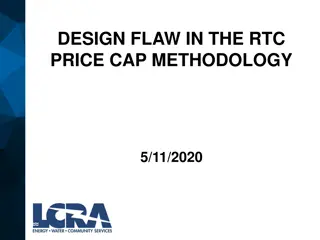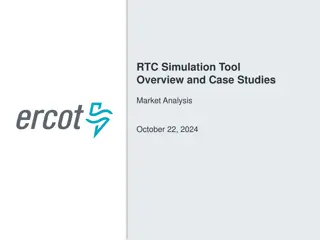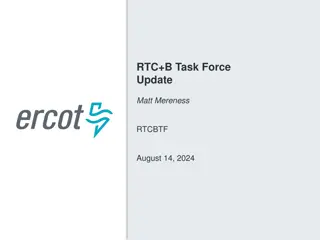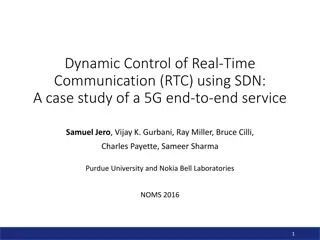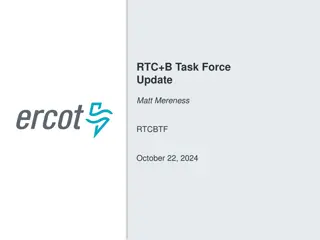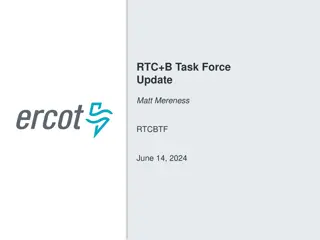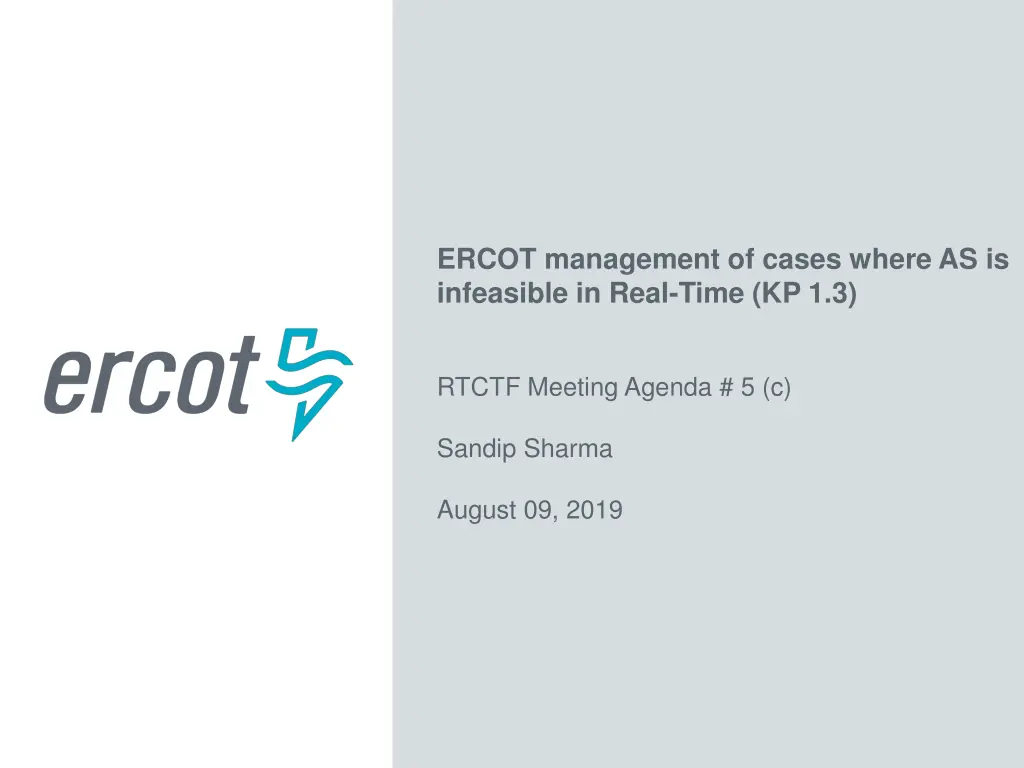
Managing Ancillary Service Infeasibility in ERCOT Market
Learn about Ancillary Service (AS) infeasibility, scenarios causing infeasibility, and how ERCOT addresses it. Explore the proposal to address AS infeasibility within the Real-Time Co-optimization (RTC) market design.
Download Presentation

Please find below an Image/Link to download the presentation.
The content on the website is provided AS IS for your information and personal use only. It may not be sold, licensed, or shared on other websites without obtaining consent from the author. If you encounter any issues during the download, it is possible that the publisher has removed the file from their server.
You are allowed to download the files provided on this website for personal or commercial use, subject to the condition that they are used lawfully. All files are the property of their respective owners.
The content on the website is provided AS IS for your information and personal use only. It may not be sold, licensed, or shared on other websites without obtaining consent from the author.
E N D
Presentation Transcript
ERCOT management of cases where AS is infeasible in Real-Time (KP 1.3) RTCTF Meeting Agenda # 5 (c) Sandip Sharma August 09, 2019
What is Ancillary Service (AS) Infeasibility? Per Nodal Protocol Section 6.4.9.1.2 (1) Replacement of Infeasible Ancillary Service Due to Transmission Constraints , there are two scenarios under which AS is considered infeasible: 1. During HRUC process, when Capacity reserved on a Resource to provide AS is needed to resolve the transmission constraint. 2. If the deployment of Ancillary Services form a Resource would have a consistent, negative impact on a transmission constraint. Today, AS Infeasibility may be identified in either the Adjustment Period or the Operating Period. 2 PUBLIC
How is AS Infeasibility addressed today? Per Nodal Protocol Section 6.4.9.1.2 (2), upon notification of AS infeasibility the QSE may do one or more of the following; a) Substitute capacity from other Resources represented by that QSE to meet its Ancillary Services Supply Responsibility; b) Substitute capacity from other QSEs using Ancillary Service Trades; or c) Inform ERCOT that all or part of the Ancillary Services capacity needs to be replaced. If a QSE elects to substitute capacity, ERCOT shall determine the feasibility of the substitution. If the substitution is deemed infeasible by ERCOT or the QSE informs ERCOT that the Ancillary Services capacity needs to be replaced, ERCOT shall procure, in its sole discretion that the service is still needed, the Ancillary Services capacity required under Section 6.4.9.2, Supplemental Ancillary Services Market. 4 PUBLIC
AS Infeasibility Under RTC 1. Ancillary Service Infeasibility under RTC Market Design is limited to those Ancillary Services or subset of AS that are not deployed by RTC SCED. a) Regulation Ancillary Service primarily falls into this category since Regulation is deployed by LFC which is primarily focused on restoring frequency and does not take transmission security into account. b) Besides Regulation AS, Resources carrying RRS which respond as a block based on Frequency triggers may have adverse impact on transmission security if these resource respond. 2. During HRUC process only AS capability will be checked and AS capacity will not be reserved. No AS will be considered infeasible during HRUC. 5 PUBLIC
Proposal To Address AS Infeasibility Within RTC, ERCOT proposes to build a functionality where Operators can block RTC from awarding Ancillary Services to Resources that when deployed, would have a negative impact on a transmission system. 6 PUBLIC

